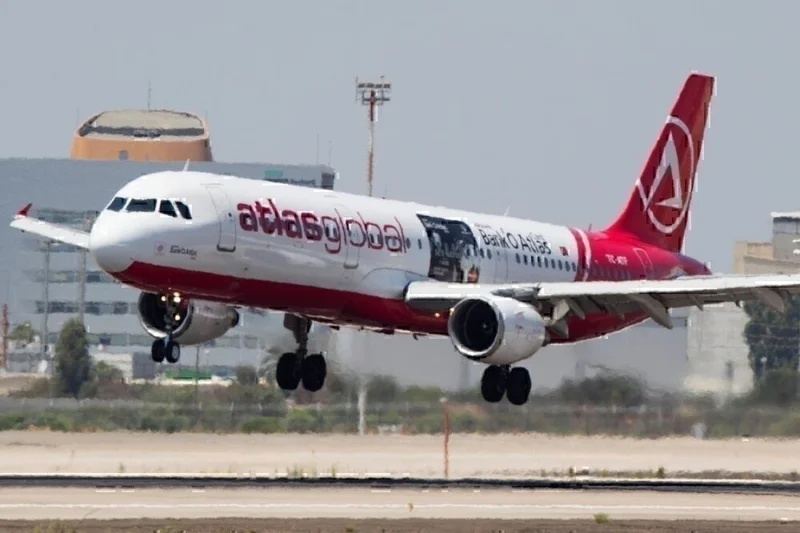When I first read about Verijet back in 2020, I was genuinely captivated. Here was a company, born in the crucible of a global pandemic, with a vision so elegant and simple it felt like it had been plucked directly from the future. The idea wasn't just about luxury; it was about efficiency, intelligence, and a fundamental rethinking of regional travel. They were using the sleek, single-engine Cirrus Vision Jet—a marvel of modern aeronautics—to create an on-demand air taxi service.
Imagine it: skipping the chaos of the commercial terminal, the long security lines, the rigid schedules. Instead, you’d drive up to a quiet private airfield, hop into a state-of-the-art jet, and be whisked 500 miles away in a fraction of the time. This wasn't just a perk for the ultra-wealthy; it was pitched as the democratization of private flight. It was this incredible vision of point-to-point air travel on your own terms, a world where you could skip the TSA lines and the boarding groups and just go—it felt like the future had finally arrived for regional travel.
And for a while, it seemed like they had cracked the code. The company grew at a blistering pace, expanding from its Florida base to the Northeast, California, and even the Caribbean. At its peak, Verijet was the 13th-largest private jet operator in the United States. It was a shooting star, a testament to a powerful idea meeting a clear market need. But we all know how shooting stars end. They burn bright, and then they're gone.
The Seductive Dream of a Personal Jet
The genius of Verijet's concept was its hardware. The Cirrus Vision Jet is an incredible piece of engineering. It’s efficient, safe, and requires only one pilot, dramatically lowering operating costs compared to traditional twin-engine private jets. Founder Richard Kane saw this aircraft not as a toy for millionaires, but as a tool—a vehicle to build a new kind of transportation network. It was the aviation equivalent of the first personal computer; it took something that was once the exclusive domain of massive corporations and governments and put it within reach of a much broader audience.
Their business model was built around "jet cards"—essentially, you were prepaying for flight hours, locking in a rate and creating a debit account for air travel. For customers, it offered predictability and convenience. For Verijet, it provided a massive influx of cash upfront. And boy, did they use that cash. They expanded their fleet from just a few planes to twenty. They opened new hubs. They courted big-name partners like IBM and even attracted the attention of former Boeing CEO Dennis Muilenburg for a potential SPAC merger that would have taken them public.
On the surface, it was a story of explosive, Silicon Valley-style growth. They were selling a dream, and people were buying it—literally. Customers loaded up their jet cards, some with balances exceeding $450,000, believing they were buying into the future of flight. But what does it mean when a company's growth is fueled almost entirely by money for services it hasn't even rendered yet? Was this true success, or was it just the illusion of momentum?
The entire enterprise was like a beautifully designed high-performance engine. It looked incredible, it made all the right noises, and it promised breathtaking speed. But as we now know, the fuel tank was leaking from the very beginning.

The Physics of Financial Gravity
Here’s the brutal truth that every innovator, engineer, and dreamer has to eventually face: you can't defy the laws of physics. That applies to aerodynamics, and it applies even more unforgivingly to economics. Verijet’s meteoric rise was powered by a financial model that was, in retrospect, fundamentally unsustainable. They were using the cash from customer prepayments—a staggering $10.5 million in liabilities to 81 jet card holders by the end—to fund their aggressive expansion.
This is the business equivalent of building a skyscraper by taking bricks from the foundation to build the penthouse. For a while, the structure keeps getting taller, more impressive. But eventually, the base can no longer support the weight. Verijet wasn't just growing; it was creating a massive "floating liability." Instead of holding customer funds in reserve to guarantee future flights, it appears that money was immediately reinvested into the operation itself.
The cracks started to show long before the final collapse. Lawsuits began to pile up from customers who found their "guaranteed" flights were anything but—canceled, delayed, or simply unavailable. The SPAC deal with Muilenburg's firm, which would have injected crucial public capital, fizzled out. The fleet, once 20 strong, dwindled to just three aircraft, none of which had flown in the month leading up to the end.
Then, tragedy struck. In September 2025, founder Richard Kane died unexpectedly of a heart attack. With the visionary and driving force behind the company gone, the fragile financial house of cards came tumbling down. Court documents revealed the grim reality: empty bank accounts, liabilities of up to $50 million against assets of, at most, $10 million. The company filed for Chapter 7 bankruptcy—not a reorganization, but a full liquidation Verijet Files for Bankruptcy. The dream was over. The engines went silent.
It leaves us with a haunting question. Was this a case of a brilliant idea executed poorly, or was the idea itself flawed from the start? Can the promise of "accessible private aviation" ever truly align with a sustainable business model, or is it an oxymoron, a paradox that can't be solved?
The Dream Isn't Dead, Just This Version of It
Let's be clear: Verijet's collapse is a tragedy. It's a tragedy for the employees, for the creditors, and especially for the customers who invested millions in a promise that evaporated overnight. But it's also a powerful, necessary lesson for the entire innovation ecosystem.
The vision that Richard Kane had was not wrong. A future of clean, efficient, on-demand regional air travel is not just possible; I believe it's inevitable. Verijet's failure wasn't one of technology or ambition. It was a failure of financial architecture. They had the right plane, the right idea, and the right timing, but they built it on a foundation of debt and future promises.
The next innovator who tackles this challenge will stand on the wreckage of Verijet and see the path forward more clearly. They will know that you cannot fund today's operations with tomorrow's revenue. They will know that true disruption isn't just about a flashy product; it's about building a resilient, sustainable system to support it. The dream of the personal air taxi hasn't died. It just learned a very hard, very expensive lesson about gravity.










